Harar - the Ethiopian city known as 'Africa's Mecca'
- Published
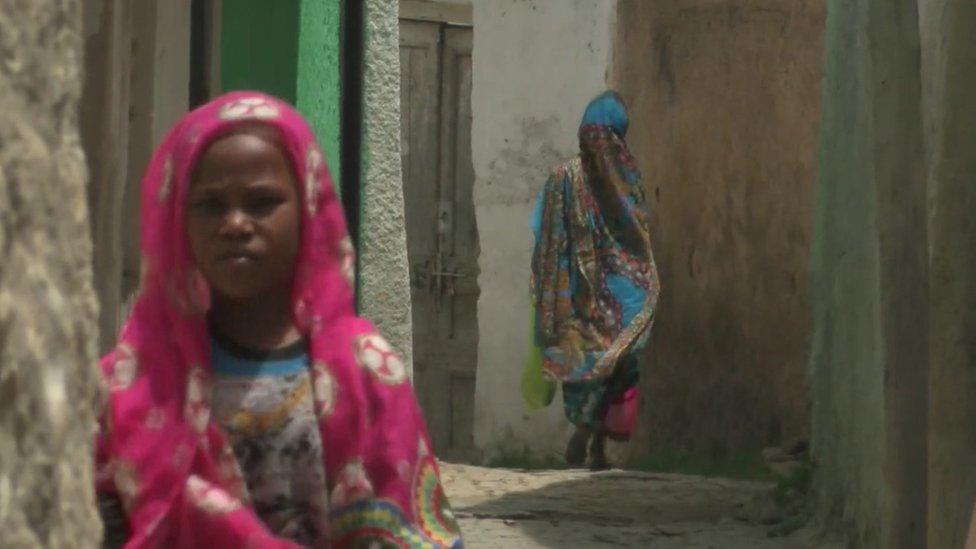
As the Unesco-recognised Ethiopian city of Harar marks its 1,010th anniversary, the BBC's Emmanuel Igunza explores its unique heritage.
Night falls in the ancient city of Harar, and I'm witnessing a breathtaking, if not bizarre, exercise.
A young man skewers chunks of meat onto stick, holds the stick in his mouth, and then proceeds to feed a number of hyenas who emerge from the darkness, their eyes glowing as they step into the light.
The spectacle goes down a treat with the assembled tourists.
"I do this because I like animals," Biniam Ashenafi explains. The 32-year-old is one of several local volunteers who feed the scavengers on a daily basis.
One man and his... hyena
"We don't call them hyenas. We call them young priests. Every new year in the Arabic calendar, we have a porridge feast for them in the four corners of the city.
"If they come and accept our offer, it means we will have a good future. If they refuse, it is a bad omen."
For centuries, people in Harar have lived side by side with hyenas - one of the world's deadliest land predators.

Harar - a long history:
7th Century: Part of Coptic Christian Kingdom of Axum, area adopted Islam
1007: Harar city founded
16th Century: Capital of Harari Kingdom, major centre of regional trade and Islamic learning
Said to be the first city Muslims migrated to from the Arabian peninsula
1887: Becomes part of Ethiopia
2006: Named Unesco World Heritage site

The city's fortified walls, built between the 13th and 16th Centuries, even have small holes in them to allow the hyenas to enter the city at night.
The daily hyena feeding spectacle is just one example of this city's unique heritage.
"This is one of the world's ancient civilisations," local historian Abdulswamad Idris tells me.
"Some of the mosques you see here were built in the 10th Century."
Early convert to Islam
Harar is a city that goes by many names, from the city of saints to a living museum, while some Ethiopians consider it to be Islam's fourth holiest city after Mecca, Jerusalem and Medina, although this view is not shared by most Muslims.
It has even been called the city of peace, a name I spot on a huge one huge neon sign as I enter the town.
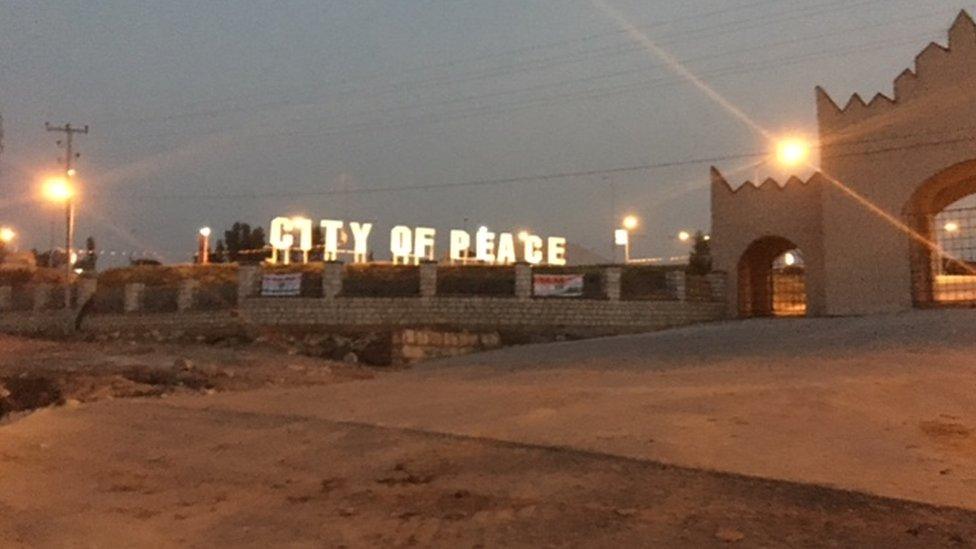
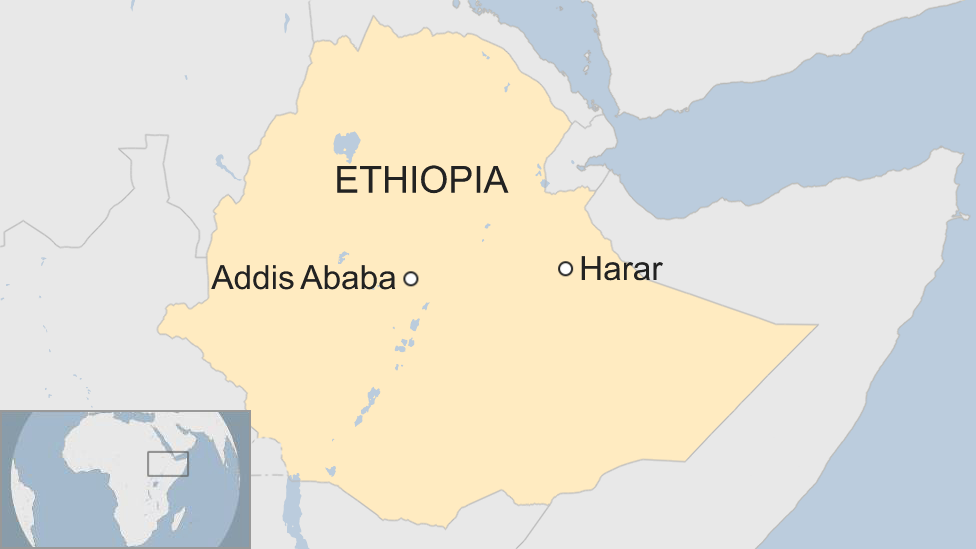
Thousands of people from across the country, as well as international tourists, have gathered here for the celebrations as Harar Jugol - the official name of the ancient walled city - enters its 1,010th year.
"Where do you want to begin your tour?" asks my eager guide, Dagnachew.
"The mosque definitely," I answer quickly.
"But which one?" he replies laughing. "There are hundreds of them."
Harar's other moniker is the African Mecca, and locals here claim that the area's inhabitants accepted Islam eight years before people in the holy Muslim city of Medina in the Arabian peninsula.

The Jimma Mosque is the largest mosque in Harar
Followers of the Prophet Muhammad are said to have fled persecution in Mecca around 600 AD and found sanctuary in the Kingdom of Axum, a territory covering present-day Ethiopia and Eritrea.
"Harar and the Harlaa people are around 7,000 years old. But the city itself was founded a millennium and a decade ago," says Mr Abdulswamad.
For more than 40 years during the 16th Century, it served as the capital of the Harari Kingdom, before becoming a part of Ethiopia in 1887.
'Sense of family'
Today it is the capital of the Harari People National Regional State - the smallest state in Ethiopia.
In 2006, Harar was listed as a Unesco World Heritage Site to highlight its unique and exceptional architecture, which captures the African and Islamic culture of its habitants.
As I walk down the city's cobbled and famously narrow alleys, I see what draws people to this place. Little has changed through the years.
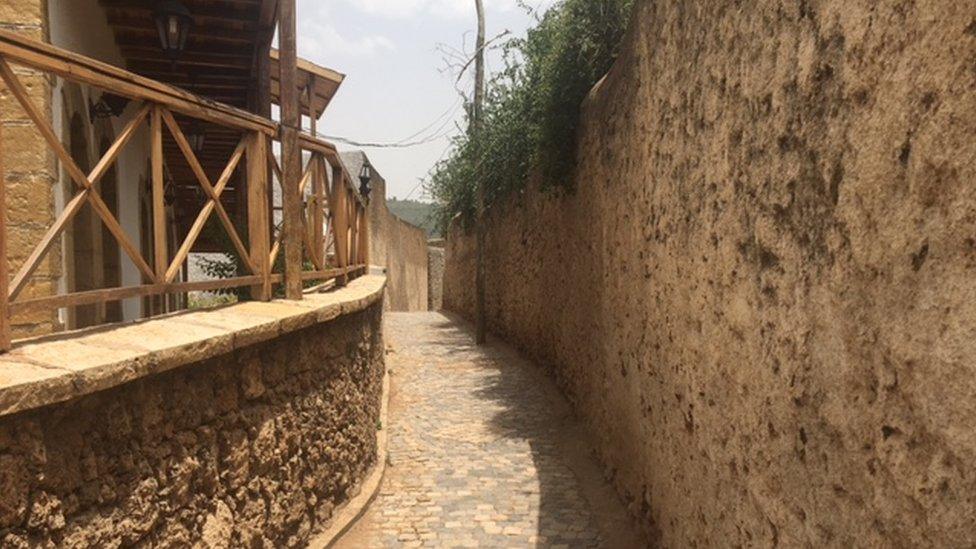
Turning a corner, I am greeted by the staccato sound of dozens of sewing machines.
"This street is very famous for its cloths," my guide Dagnachew says, pointing to brightly-coloured dresses and shirts on display in small shops.
Another attraction is a museum founded by 19th Century French poet Arthur Rimbaud, who at one time lived and worked as a trader in Harar.
The mostly black and white photographs - some by Rimbaud himself - date as far back as the early 1900s.
Portraits of visitors and the city's leaders dominate the collection, which also includes images of markets and churches.

Among the visitors today are several young people of Ethiopian diaspora backgrounds.
"I don't feel like there's any other place on earth like it," says Sayo Addous, who was born in Harar and now lives in the UK.
"It has a really strong sense of family, which I feel you don't really get much in the 21st Century."
Unesco hails the city as a "rare example of a relatively well-preserved historic town that has retained its traditions, urban fabric, and rich Harari Muslim cultural heritage to the present time".
This is why, as the city marks yet another milestone in its proud and long history, locals believe that it still has much to offer the rest of Africa as a beacon of culture and conservation.
- Published1 July 2017
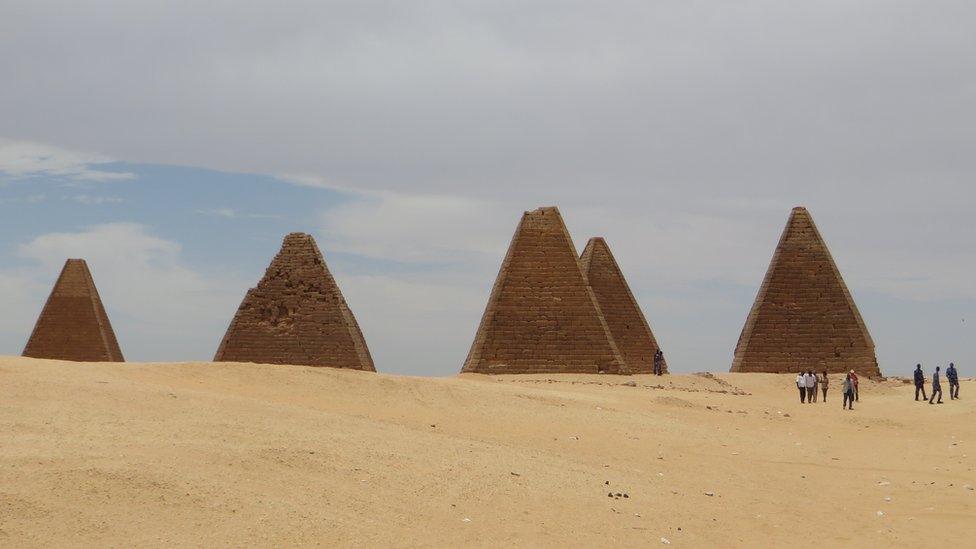
- Published16 June 2017

- Published12 October 2020